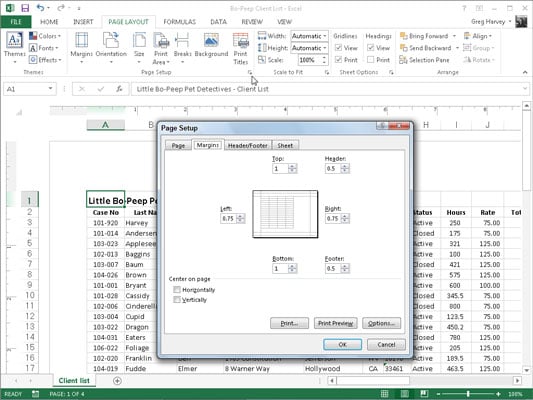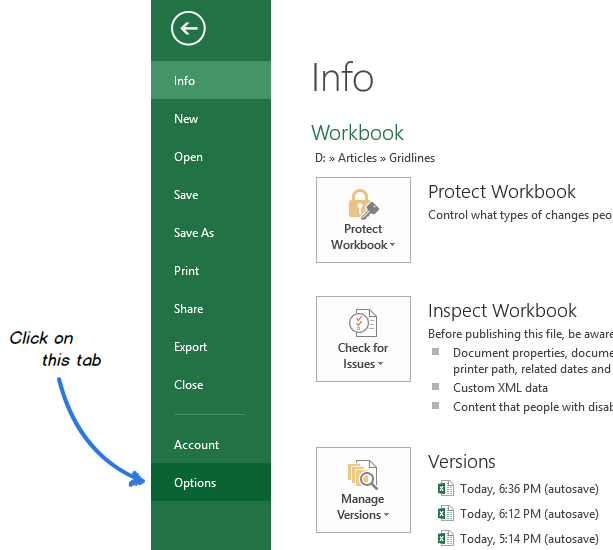

To illustrate the possible issues, we're going to show you a report we've run on the table we've created called "Books." It isn't because it can't be done, it's because there are a few extra steps you need to take in order to assure that the report prints correctly, and in a pleasing manner. If you're used to printing in Microsoft Word, you may at first feel a bit frustrated when trying to print a report correctly in Access 2013. In this article, we'll introduce you to them, and show you how to do them. There are many new ways to print and export reports in Access 2013. This is the default setting and sets visual limit for lowest value.Īll values less than or equal to the shortest bar are length 0. Take a look at the tables below to understand this better. For example, the lowest value will be the shortest bar. Now specify how you want to represent the shortest bar. If you don't want to see the numeric values, click Show Bar Only Select Compare to Other Records, as we've done above. Go to the Format tab, then click Conditional Formatting. Next, select the control for which you want to apply data bars, as we've done below. To apply data bars, go to the Layout view of your report. When you want to apply data bars, you use the Conditional Formatting Rules Manager. Look at the example below to get a visualization of what data bars look like:ĭata bars can only be applied to a bound control that has a numeric data type. All Price values greater than 10 have been made a bold red font.ĭata bars show the value of your records by showing the contrast between the records. The conditional formatting is now applied to our report. Under the Format tab, click Conditional Formatting in the Control Formatting group.Ĭlick on New Rule. Now, click on the control that you want to apply conditional formatting. Let's show you how it works and how to do it.

It's called conditional formatting because the control must meet specific conditions in order for the formatting to be applied. Conditional formatting can be set for a text box or combo control box. You can highlight data on your report when you do this, or simply change the format. You can see how the report has been updated to add a grouping row for Author.Ĭonditional formatting is used to change the appearance of a control. In this example, we are going to group by Author, from A to Z. It will ask you what you want to group by (pick a data label in your report), and how you want to sort that group. This is really easy.Ĭlick Add a Group, then add how you want to group. This will appear at the bottom of your report:ĭecide how you want to group and sort. Click Group & Sort in the Grouping & Totals group. Switch to Design view and go to the Design tab. We're going to use the basic Books report. To group and sort data in your reports, open up a report. Advanced Formatting for Reports in Access 2013 Group and Sort


 0 kommentar(er)
0 kommentar(er)
